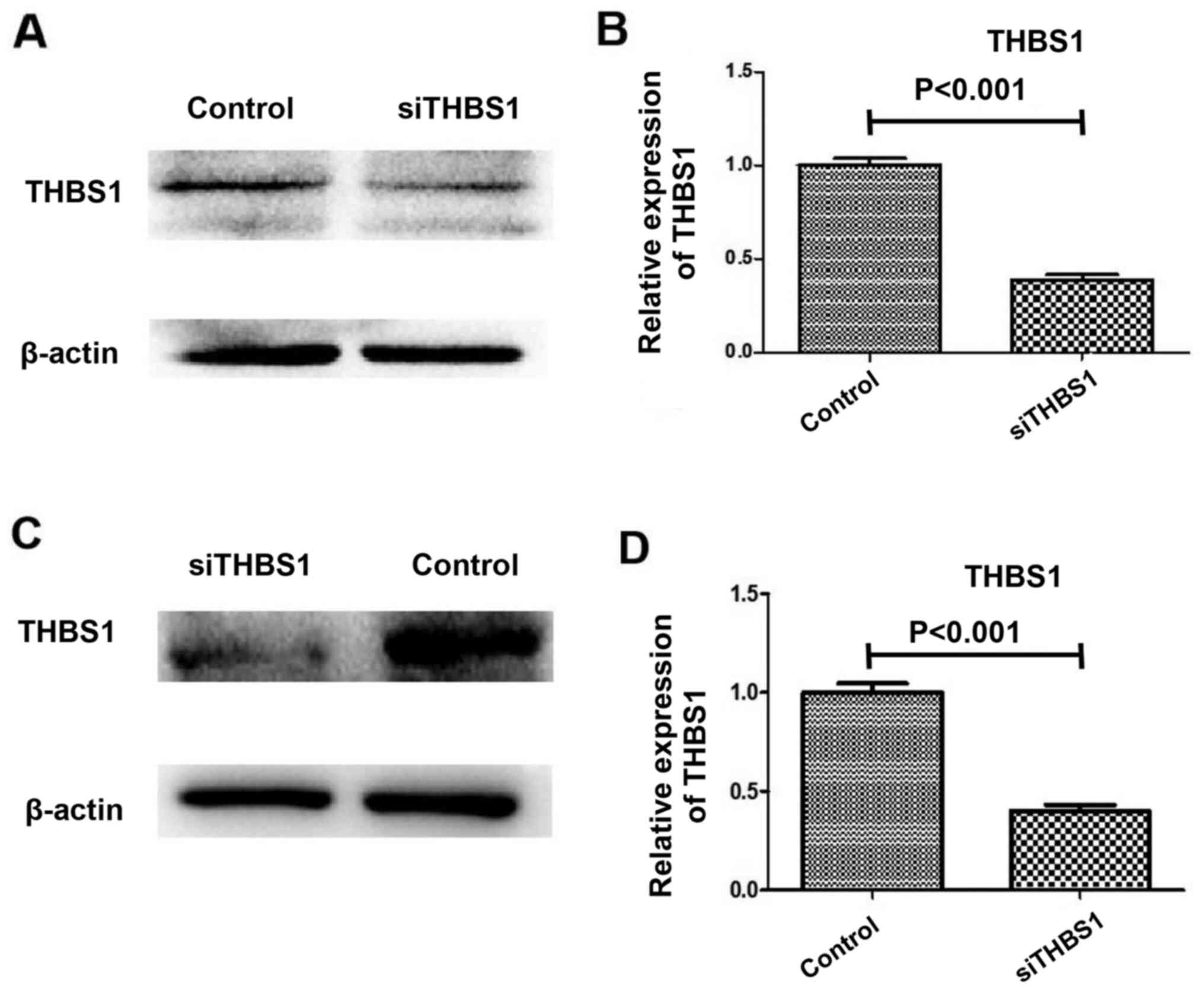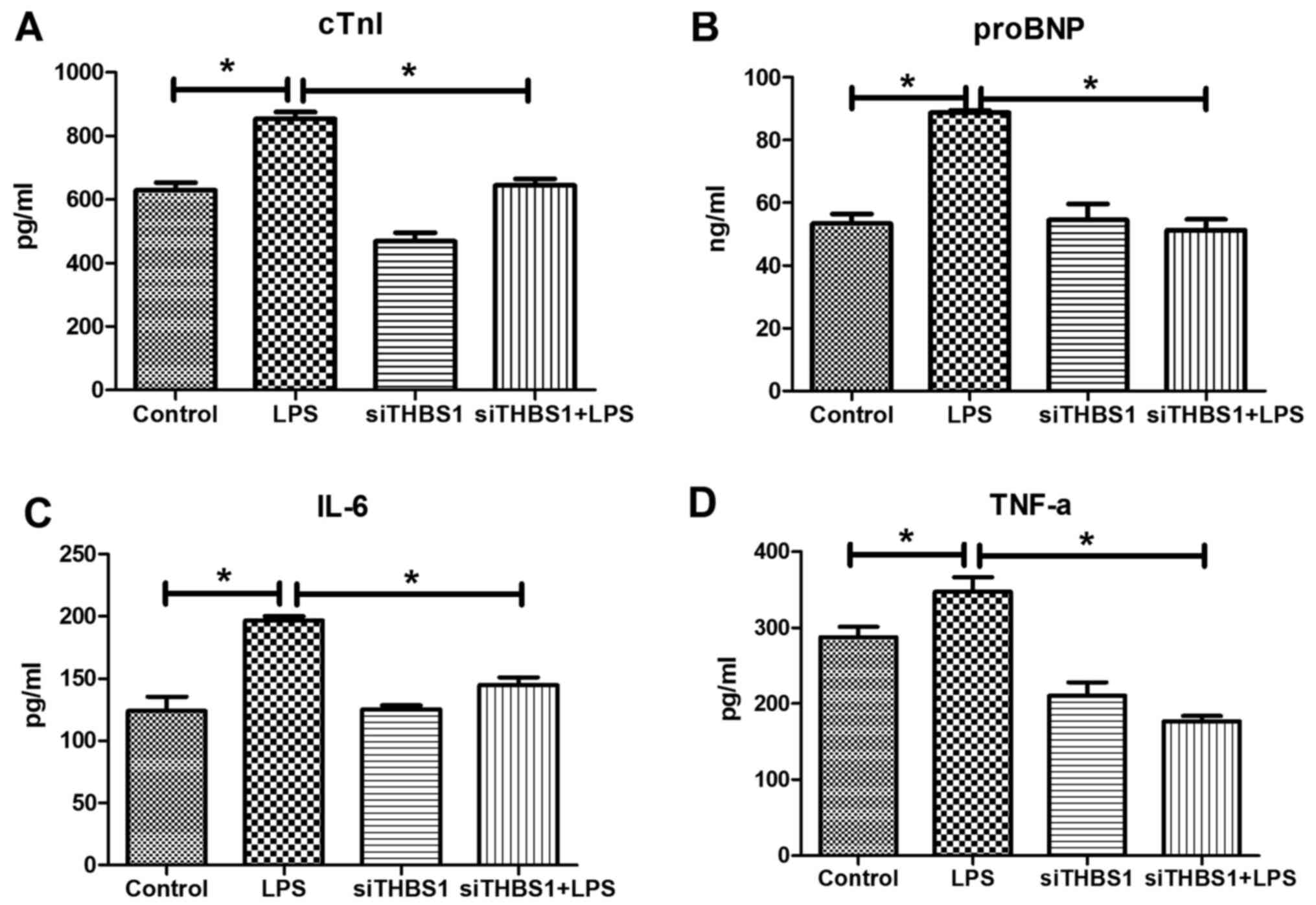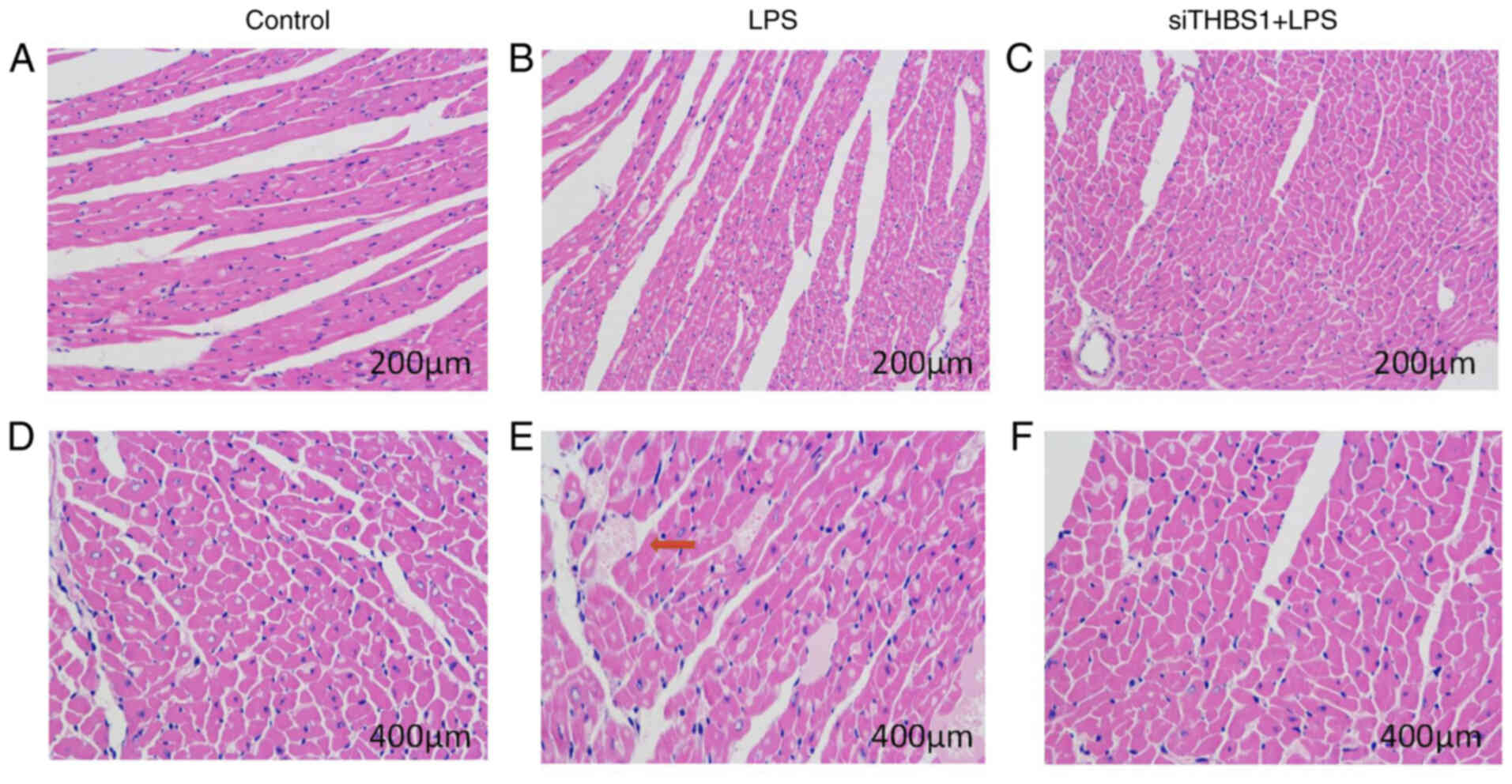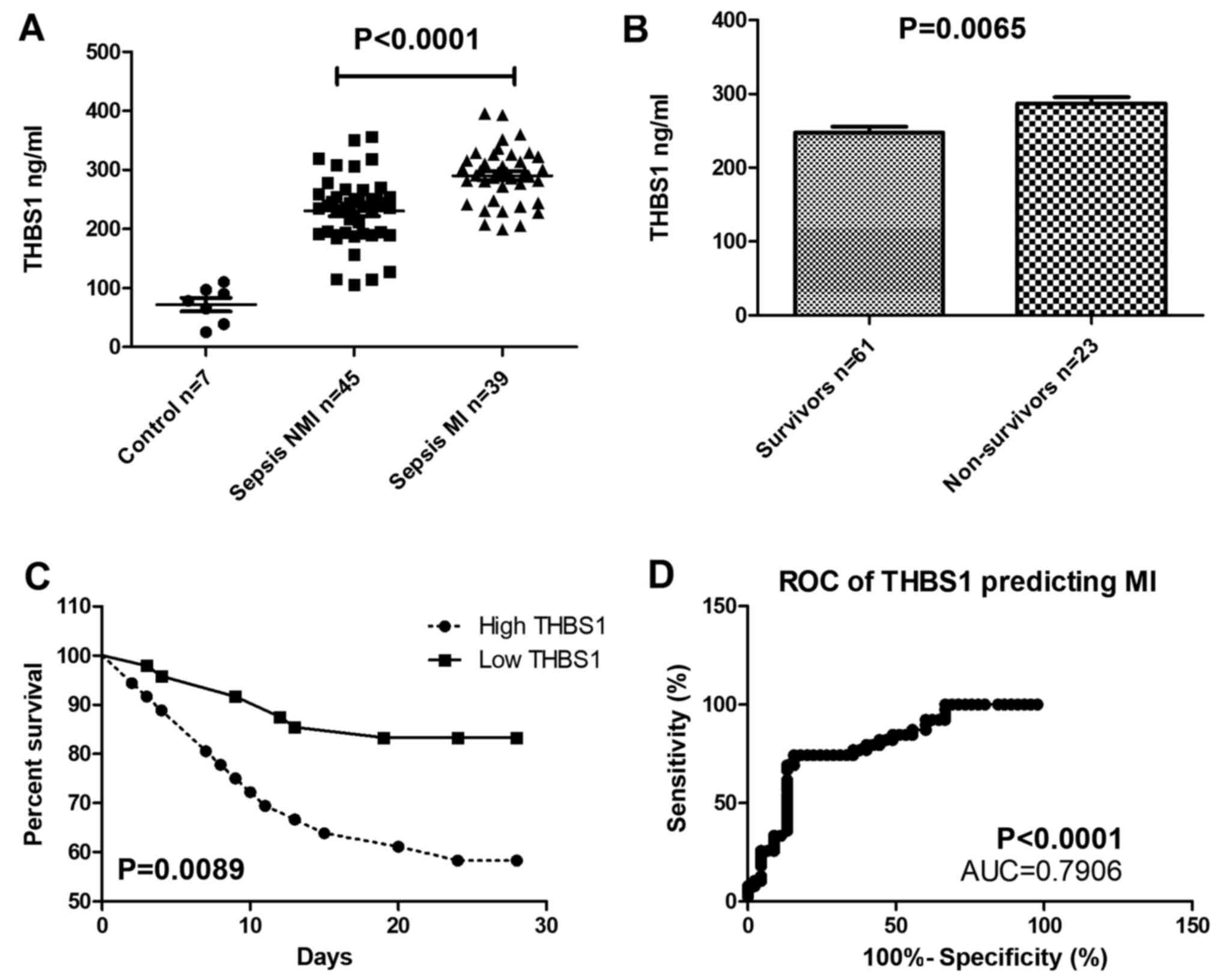|
1
|
Rhodes A, Evans LE, Alhazzani W, Levy MM,
Antonelli M, Ferrer R, Kumar A, Sevransky JE, Sprung CL, Nunnally
ME, et al: Surviving Sepsis Campaign: International Guidelines for
Management of Sepsis and Septic Shock: 2016. Crit Care Med.
45:486–552. 2017. View Article : Google Scholar : PubMed/NCBI
|
|
2
|
Frencken JF, Donker DW, Spitoni C,
Koster-Brouwer ME, Soliman IW, Ong DSY, Horn J, van der Poll T, van
Klei WA, Bonten MJM, et al: Myocardial Injury in Patients With
Sepsis and Its Association With Long-Term Outcome. Circ Cardiovasc
Qual Outcomes. 11:e0040402018. View Article : Google Scholar : PubMed/NCBI
|
|
3
|
Aneman A and Vieillard-Baron A: Cardiac
dysfunction in sepsis. Intensive Care Med. 42:2073–2076. 2016.
View Article : Google Scholar : PubMed/NCBI
|
|
4
|
Xie Y, Tian R, Jin W, Xie H, Du J, Zhou Z
and Wang R: Antithrombin III Predicts Acute Kidney Injury in Septic
Elderly Patients. Exp Ther Med. 19:1024–1032. 2020.PubMed/NCBI
|
|
5
|
Liu YC, Yu MM, Shou ST and Chai YF:
Sepsis-induced cardiomyopathy: Mechanisms and treatments. Front
Immunol. 8:10212017. View Article : Google Scholar : PubMed/NCBI
|
|
6
|
Buerke U, Carter JM, Schlitt A, Russ M,
Schmidt H, Sibelius U, Grandel U, Grimminger F, Seeger W,
Mueller-Werdan U, et al: Apoptosis contributes to septic
cardiomyopathy and is improved by simvastatin therapy. Shock.
29:497–503. 2008. View Article : Google Scholar : PubMed/NCBI
|
|
7
|
Peng S, Xu J, Ruan W, Li S and Xiao F:
PPAR- γ activation prevents septic cardiac dysfunction via
inhibition of apoptosis and necroptosis. Oxid Med Cell Longev.
2017:1–11. 2017. View Article : Google Scholar : PubMed/NCBI
|
|
8
|
Lopez-Dee Z, Pidcock K and Gutierrez LS:
Thrombospondin-1: Multiple paths to inflammation. Mediators
Inflamm. 2011:2960692011. View Article : Google Scholar : PubMed/NCBI
|
|
9
|
Bornstein P: Thrombospondins function as
regulators of angiogenesis. J Cell Commun Signal. 3:189–200. 2009.
View Article : Google Scholar : PubMed/NCBI
|
|
10
|
Stenina-Adognravi O: Thrombospondins: Old
players, new games. Curr Opin Lipidol. 24:401–409. 2013. View Article : Google Scholar : PubMed/NCBI
|
|
11
|
Bigé N, Boffa JJ, Lepeytre F and Shweke N:
Rôle de la thrombospondine-1 dans le développement des maladies
rénales [Role of thrombospondin-1 in the development of kidney
diseases. Med Sci (Paris). 29:1131–1137. 2013.(In French).
View Article : Google Scholar : PubMed/NCBI
|
|
12
|
Kuzmanov A, Wielockx B, Rezaei M,
Kettelhake A and Breier G: Overexpression of factor inhibiting
HIF-1 enhances vessel maturation and tumor growth via
platelet-derived growth factor-C. Int J Cancer. 131:E603–E613.
2012. View Article : Google Scholar : PubMed/NCBI
|
|
13
|
Weng TY, Wang CY, Hung YH, Chen WC, Chen
YL and Lai MD: Differential Expression Pattern of THBS1 and THBS2
in Lung Cancer: Clinical Outcome and a Systematic-Analysis of
Microarray Databases. PLoS One. 11:e01610072016. View Article : Google Scholar : PubMed/NCBI
|
|
14
|
Larche J, Lancel S, Hassoun SM, Favory R,
Decoster B, Marchetti P, Chopin C and Neviere R: Inhibition of
mitochondrial permeability transition prevents sepsis-induced
myocardial dysfunction and mortality. J Am Coll Cardiol.
48:377–385. 2006. View Article : Google Scholar : PubMed/NCBI
|
|
15
|
Livak KJ and Schmittgen TD: Analysis of
relative gene expression data using real-time quantitative PCR and
the 2(-Delta Delta C(T)) Method. Methods. 25:402–408. 2001.
View Article : Google Scholar : PubMed/NCBI
|
|
16
|
Takehara K, Murakami T, Kuwahara-Arai K,
Iba T, Nagaoka I and Sakamoto K: Evaluation of the effect of
recombinant thrombomodulin on a lipopolysaccharide-induced murine
sepsis model. Exp Ther Med. 13:2969–2974. 2017. View Article : Google Scholar : PubMed/NCBI
|
|
17
|
Lu J, Wei Z, Jiang H, Cheng L, Chen Q,
Chen M, Yan J and Sun Z: Lactate dehydrogenase is associated with
28-day mortality in patients with sepsis: A retrospective
observational study. J Surg Res. 228:314–321. 2018. View Article : Google Scholar : PubMed/NCBI
|
|
18
|
Gao JB, Tang WD, Wang HX and Xu Y:
Predictive value of thrombospondin-1 for outcomes in patients with
acute ischemic stroke. Clin Chim Acta. 450:176–180. 2015.
View Article : Google Scholar : PubMed/NCBI
|
|
19
|
van der Wekken RJ, Kemperman H, Roest M
and de Lange DW: Baseline thrombospondin-1 concentrations are not
associated with mortality in septic patients: A single-center
cohort study on the intensive care unit. Intensive Care Med Exp.
5:72017. View Article : Google Scholar : PubMed/NCBI
|
|
20
|
McMaken S, Exline MC, Mehta P, Piper MC,
Wang Y, Fischer SN, Newland CA, Schrader CA, Basler SR, Sarkar A,
et al: Thrombospondin-1 Contributes to Mortality in Murine Sepsis
through Effects on Innate Immunity. PLOS ONE.
6:e196542011.https://doi.org/10.1371/journal.pone.0019654
View Article : Google Scholar : PubMed/NCBI
|
|
21
|
Xing T, Wang Y, Ding WJ, Li YL, Hu XD,
Wang C, Ding A and Shen JL: Thrombospondin-1 Production Regulates
the Inflammatory Cytokine Secretion in THP-1 Cells Through NF-κB
Signaling Pathway. Inflammation. 40:1606–1621. 2017. View Article : Google Scholar : PubMed/NCBI
|
|
22
|
Chen X, Yang B, Tian J, Hong H, Du Y, Li
K, Li X, Wang N, Yu X and Wei X: Dental Follicle Stem Cells
Ameliorate Lipopolysaccharide-Induced Inflammation by Secreting
TGF-β3 and TSP-1 to Elicit Macrophage M2 Polarization. Cell Physiol
Biochem. 51:2290–2308. 2018. View Article : Google Scholar : PubMed/NCBI
|
















